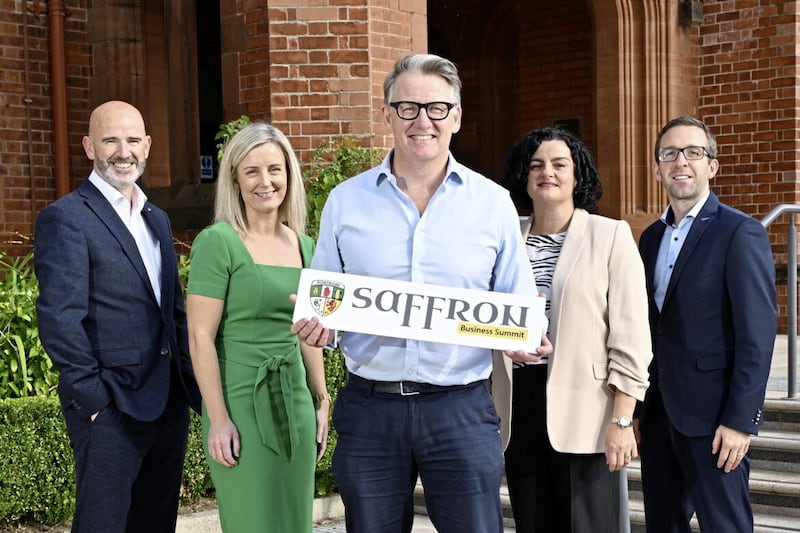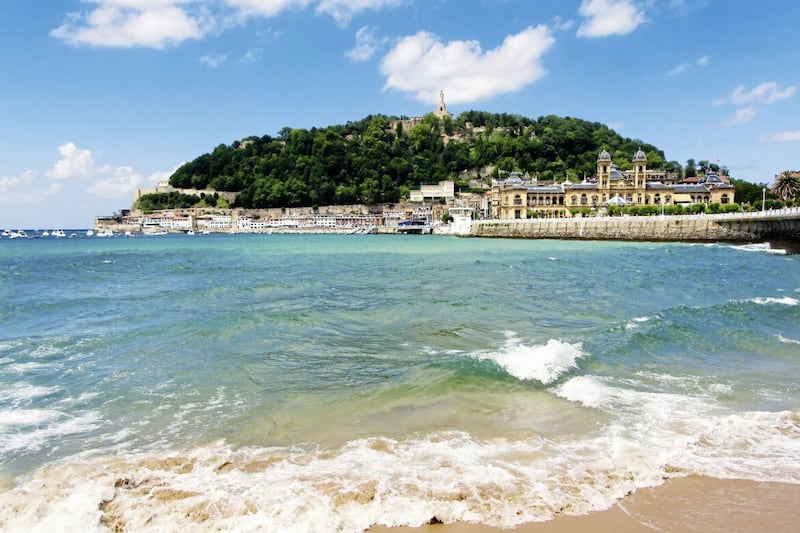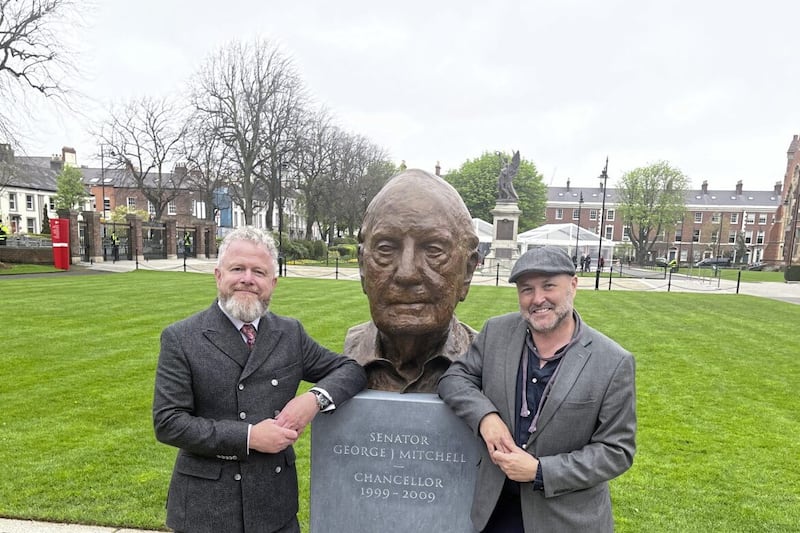THREE different topic strands were weaving their way through my head for this column. The event of the weekend was obviously the rugby. It was one of those amazing sporting moments that when they happen, you want to suck as much of it up as possible. I watched all the replays and interviews and couldn’t read enough about it. I even went to the New Zealand Herald and read all of its coverage.
I wondered to myself if there was some way I could contort the win into providing the subject matter for this business column. Joe Schmidt’s front-foot tactics, Rory Best’s leadership, Robbie Henshaw’s perfectly timed and beautifully co-ordinated incision from Jamie Heaslip’s switch pass (I’m even getting the lingo) for the winning try. But that’s where I am going to leave it. It was brilliant and inspirational and better writers than me have covered it, though if anybody can get me a ticket for the return game, let me know.
The second thing in my head was the US election. This will be a momentous day for the United States. From Athens to Albuquerque and Belfast to Botswana, the world will be watching to see who becomes the new President. I hope it’s Hillary. Among many other negatives, Trump gives business a very bad name.
It would not be a good day for the United States if he were to become President and I really hope this time next week he is back lounging beside one of his tacky pools in Florida, sipping a mojito (albeit the non-alcoholic variety) worrying about his next condo development and not preparing for the world’s most important political office.
Lastly though, I was thinking about my tour of Kilmainham Gaol in Dublin on Sunday. The guide, a proper Dub called Dave McHugh, was really excellent. The tour itself takes you through all of the key elements of the Victorian-era building and the crucial periods in its history with particular emphasis on the 1916 rising.
That part of the history is well known and was very well told. But Dave also talked about the famine period and the vagrancy laws which saw thousands taken off the streets and thrown into the prison for 24 hours at a time. Dave said that in most cases the people were glad to be inside since it meant they would get a meal. The meal consisted of a plate of ‘stirabout’, porridge basically. No mango smoothies for breakfast in those days and meat was only served twice a year, Christmas day and the monarch’s birthday.
Dave also reminded us that the island’s population pre-famine was 8.5 million and that it had been nowhere near that since. That got me thinking about the CBI lunch I attended last week with Infrastructure Minister Chris Hazzard as the guest speaker. Also on the agenda was a report from the All-Island Investment Project, an initiative launched by the Joint Business Council of IBEC and CBI Northern Ireland in 2015 and led by the very capable Michael D’Arcy.
This island’s population now stands at 6.6 million people and in the coming years, the population is predicted to grow by 25 per cent, one of the fastest rates in Europe. This will bring the total number of people here to 8.25 million people by 2040 and 10 million plus by 2050.
The purpose of the project and the key focus of the report is to scope out the infrastructure needed to have the right level of connectivity for an island of 10 million people.
The report, entitled ‘Connected’, considers what a comprehensive network should look like, does a preliminary design and scopes out the funding and cost implications. It also assesses the broader policy picture and identifies some potential obstacles likely to be encountered during implementation.
A key proposal is a comprehensive all island motorway/dual carriageway network which is currently much better progressed south of the border than up here.
So, two big issues are whether or not the Executive here will start on its implementation now and if it is ready to show sufficient determination to push delivery through inevitable challenges and obstacles (like planning and finance) to doing so. Two parts of that network are the proposed A5 and A6 which Minister Hazzard, who was very impressive, spoke passionately about delivering at the lunch.
What the Minister also rightly noted was that crucial infrastructure works should not become a political football (or rugby ball) between the DUP and Sinn Fein. It’s probably inevitable there will be arguments between them, though having the CBI and IBEC promoting a proper island-wide infrastructure for sound business reasons will help.
It’s a good report considering a real long-term challenge for the whole island. If implemented it will also see me get down to Dublin for matches and museum tours even quicker and maybe bring more southern visitors up north.
We even suggested to Dave he should come up and have a look at the ‘Crum’ (Crumlin Gaol), he said he’d like that.








